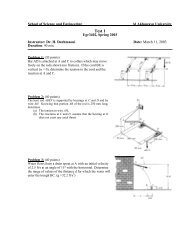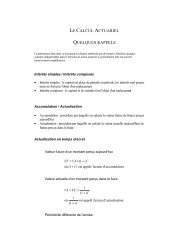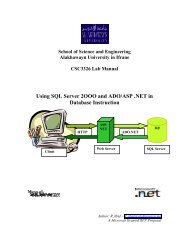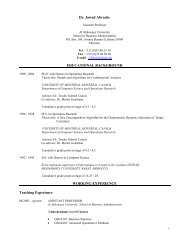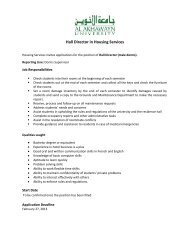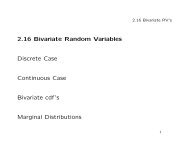Leadership and Values in Language Education - Al Akhawayn ...
Leadership and Values in Language Education - Al Akhawayn ...
Leadership and Values in Language Education - Al Akhawayn ...
- No tags were found...
You also want an ePaper? Increase the reach of your titles
YUMPU automatically turns print PDFs into web optimized ePapers that Google loves.
65Proceed<strong>in</strong>gs of the 27 th MATE Annual Conference• Personal <strong>in</strong>tegrity,• Orig<strong>in</strong>ality,• Creativity,• Intellectual abilities (judgmental ability <strong>and</strong> knowledge),• People-centered, with a focus on underst<strong>and</strong><strong>in</strong>g human behavior,• Goal-oriented, self-motivated,• Will<strong>in</strong>g to take risks, not to be sensitive to <strong>in</strong>competence, <strong>and</strong> above all• Verbal communication ability (Speak<strong>in</strong>g skills).Leaders are required to be effective communicators or should have effective<strong>in</strong>terpersonal communicative skills as well as public speak<strong>in</strong>g skills asTannenbaum, Weschler & Massarik (1961:24) put it: "<strong>Leadership</strong> is <strong>in</strong>terpersonal<strong>in</strong>fluence, exercised <strong>in</strong> a situation, <strong>and</strong> directed, through the communicationprocess, toward the atta<strong>in</strong>ment of a specified goal or goals.” Moreover, theyshould have persuasive techniques. You need to be able to use <strong>and</strong> adapt<strong>in</strong>terpersonal skills to different members <strong>in</strong> the campus community. Anothercharacteristic to successful <strong>and</strong> effective leadership is when it is run by a group <strong>in</strong>contrast to <strong>in</strong>dividual leadership. They should share governance. Someorganizations have adopted group leadership, a situation <strong>in</strong> which more than oneperson provides direction to the group as a whole. Some educational <strong>in</strong>stitutionshave adopted this approach <strong>in</strong> the hope of <strong>in</strong>creas<strong>in</strong>g creativity <strong>and</strong> reduc<strong>in</strong>gcosts.4. Aims of EL at the ‘micro’ <strong>and</strong> ‘macro’ levelsIt is axiomatic that leadership provides a useful basis for contemplat<strong>in</strong>g change <strong>in</strong>practice. It is also useful to th<strong>in</strong>k of leadership at the ‘micro’ <strong>and</strong> the ‘macro’levels. This means that educational leadership, through its councils, shouldprovide the basis for plann<strong>in</strong>g at the <strong>in</strong>stitutional level. If we are able to h<strong>and</strong>leshort-term development, it will help us for long-term objectives. <strong>Leadership</strong>should target short-term objectives <strong>in</strong> solv<strong>in</strong>g language teach<strong>in</strong>g <strong>and</strong> learn<strong>in</strong>gproblems as well as long-term objectives <strong>in</strong> contribut<strong>in</strong>g to curriculumdevelopment. It should address not only practical problems that should havepractical outcomes but also approaches or philosophical issues of the <strong>in</strong>stitution.5. Requisites for Everlast<strong>in</strong>g Change <strong>and</strong> Development5.1 No Effective <strong>Leadership</strong> without Teachers’ Contribution





